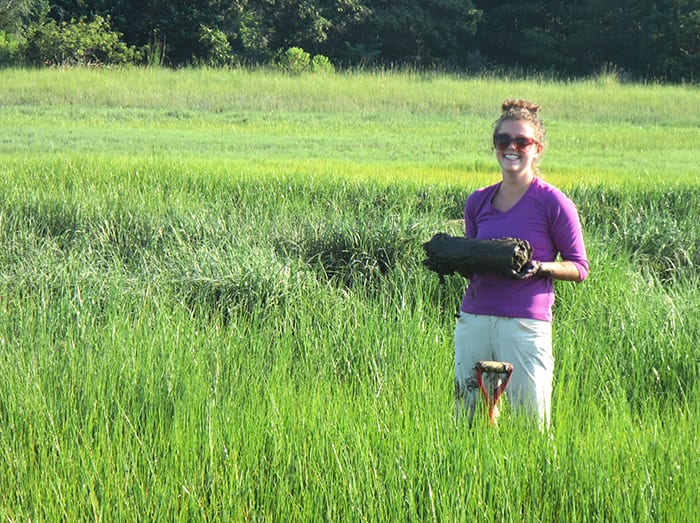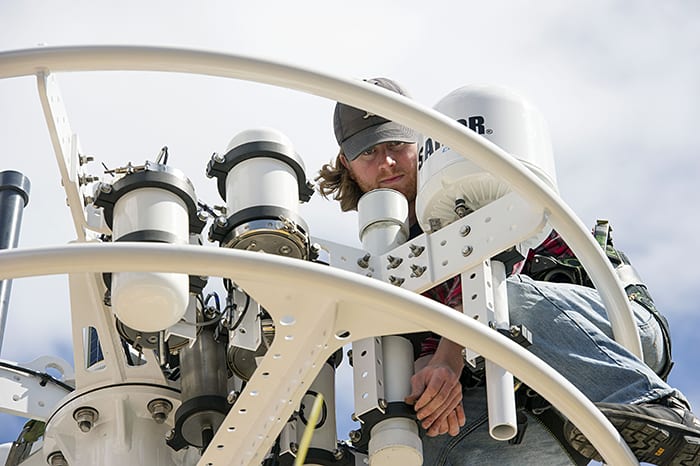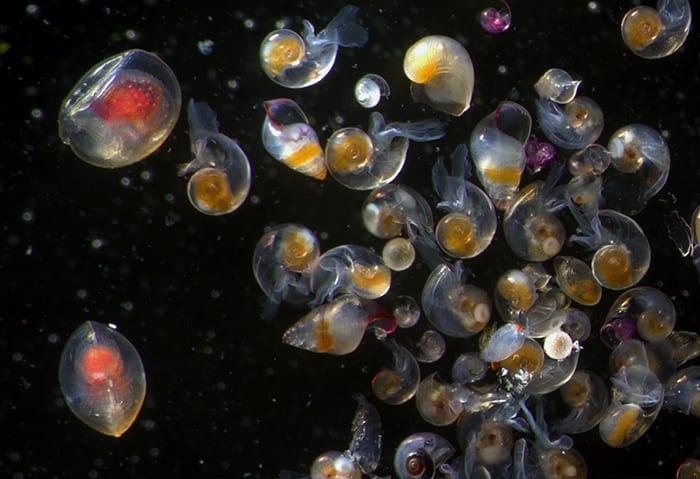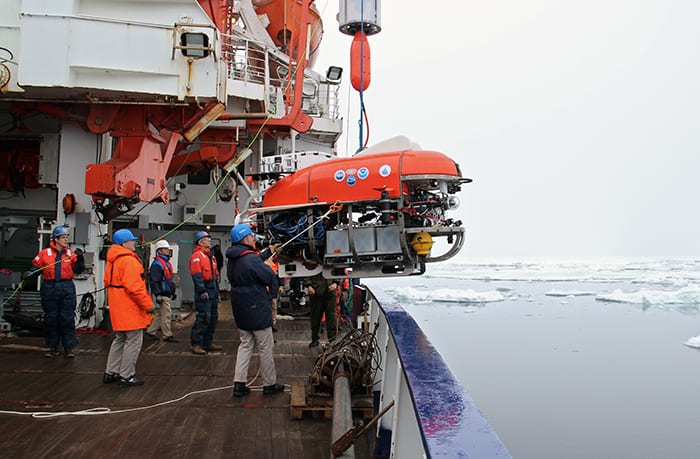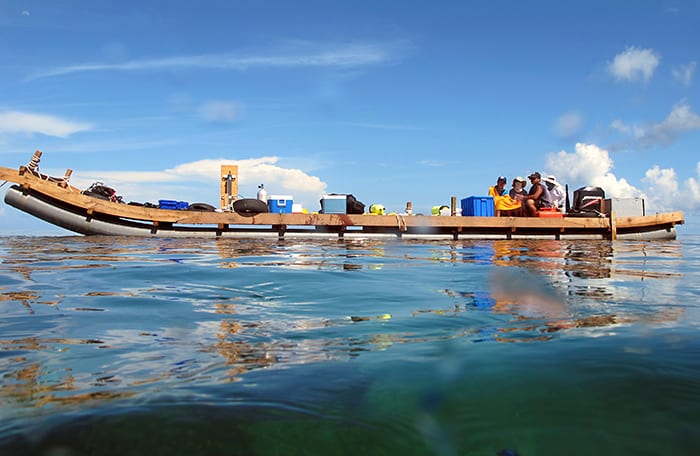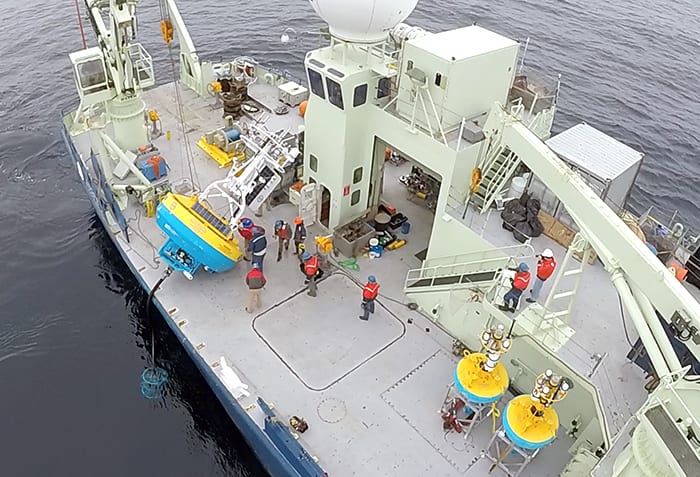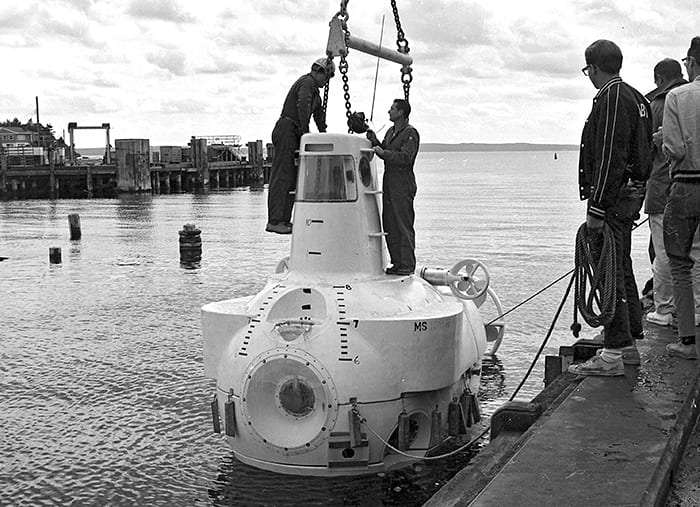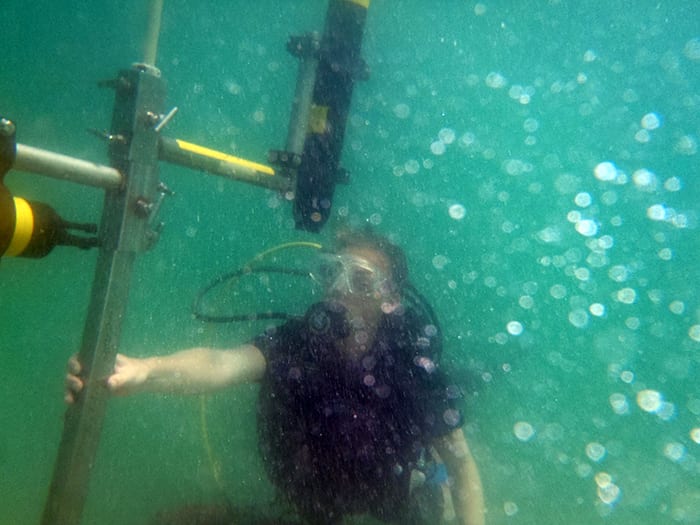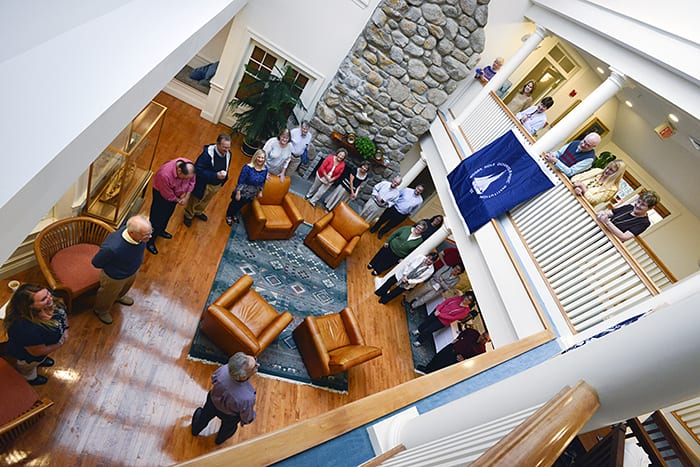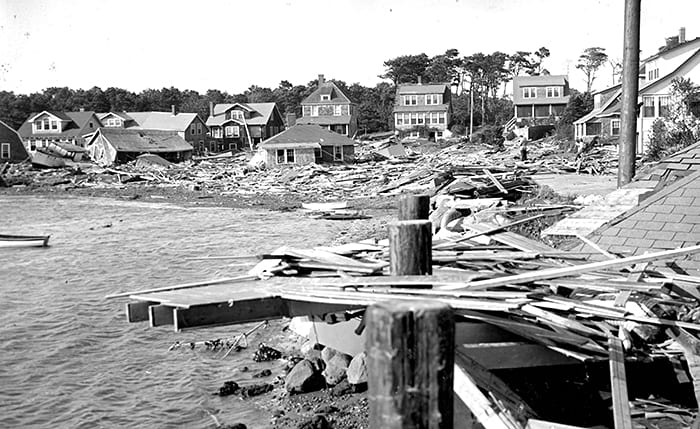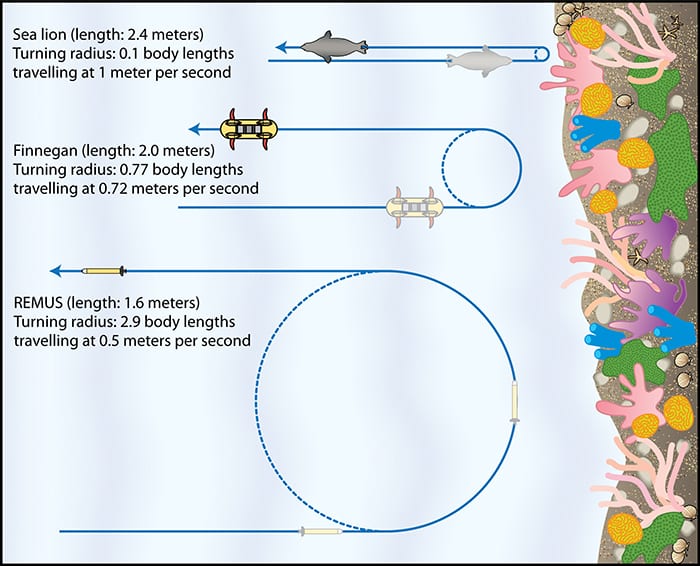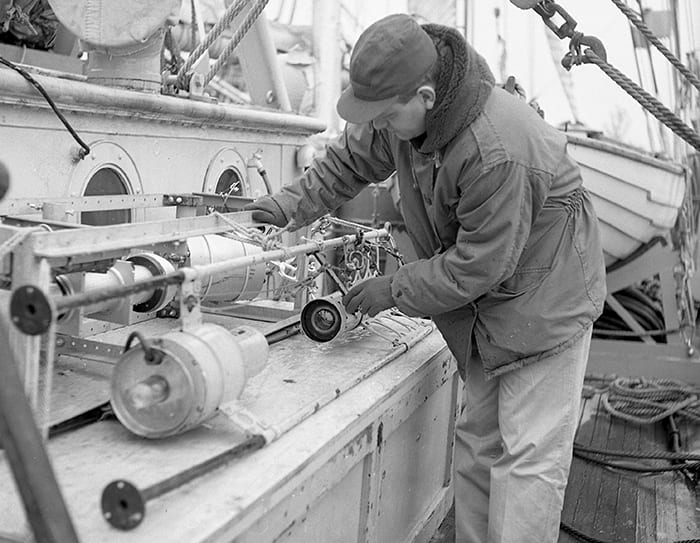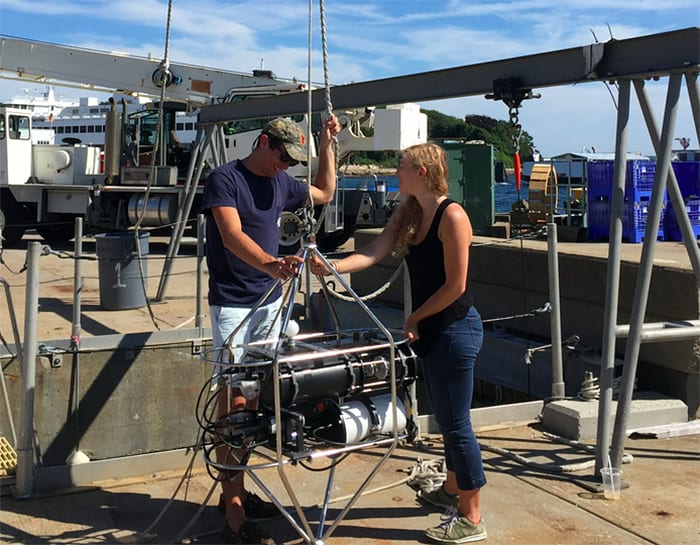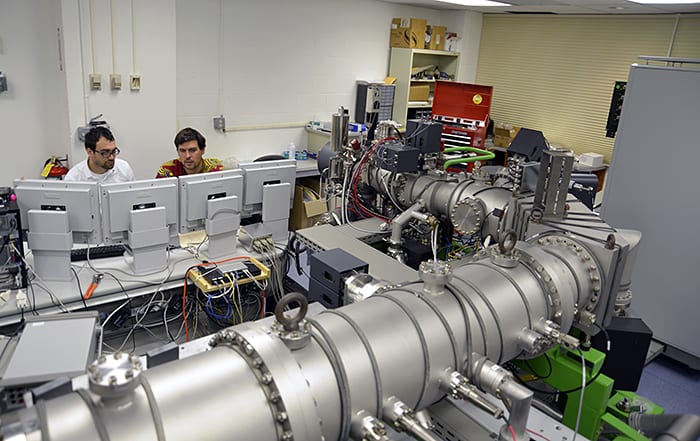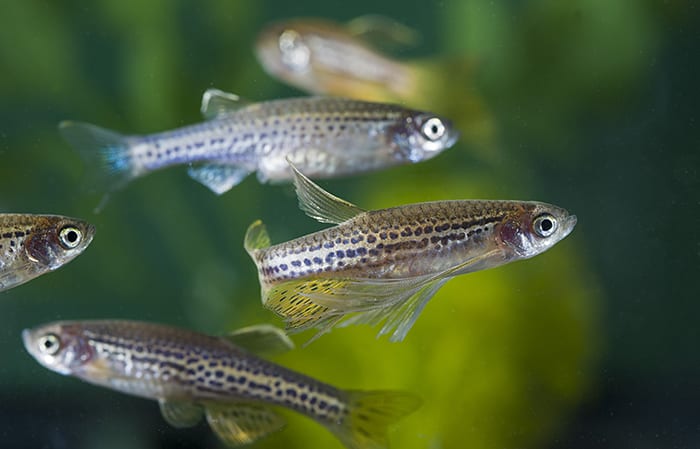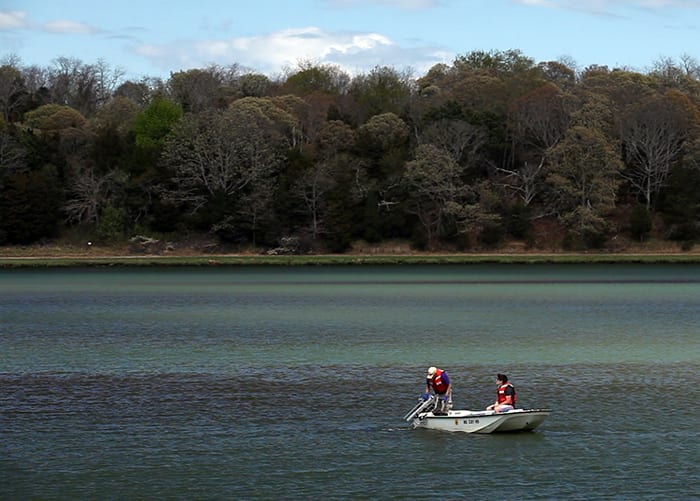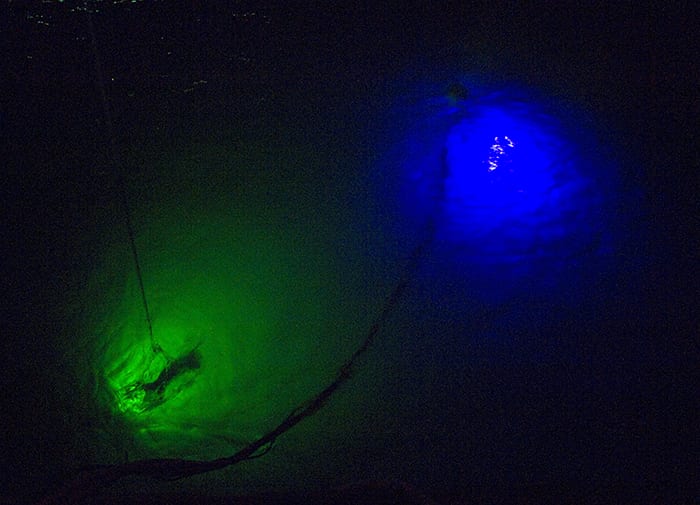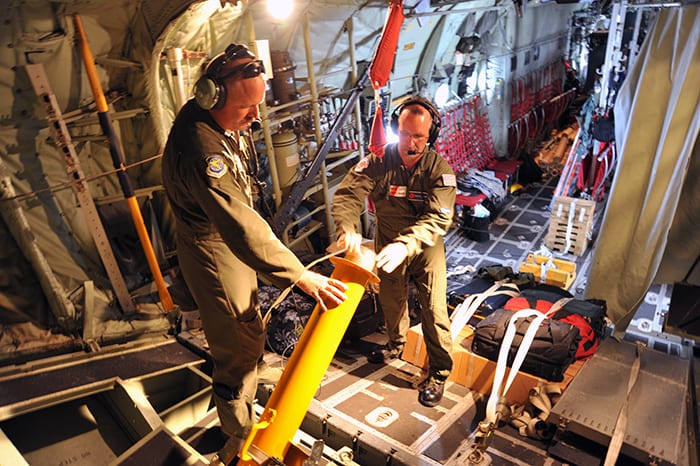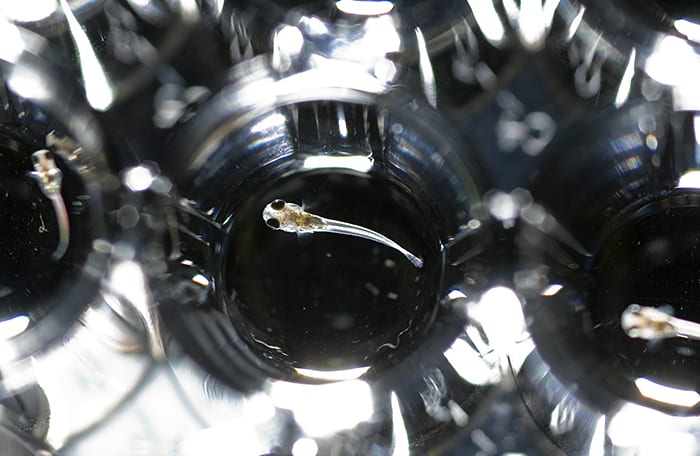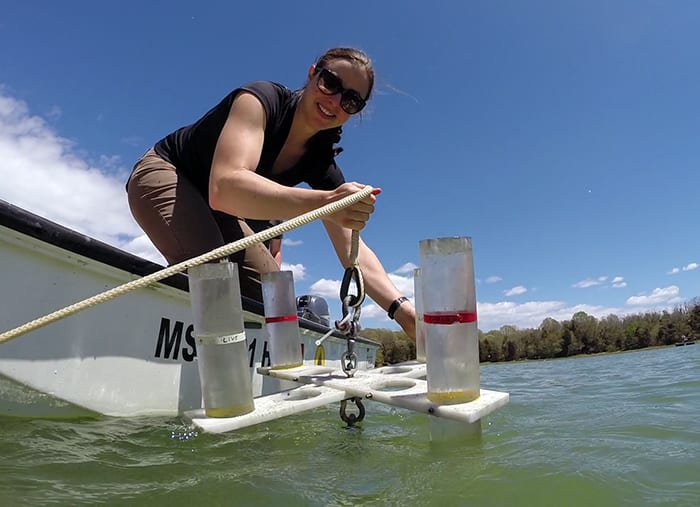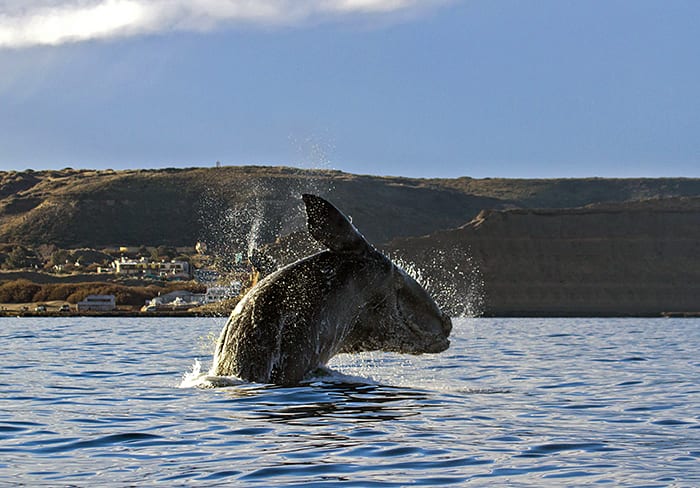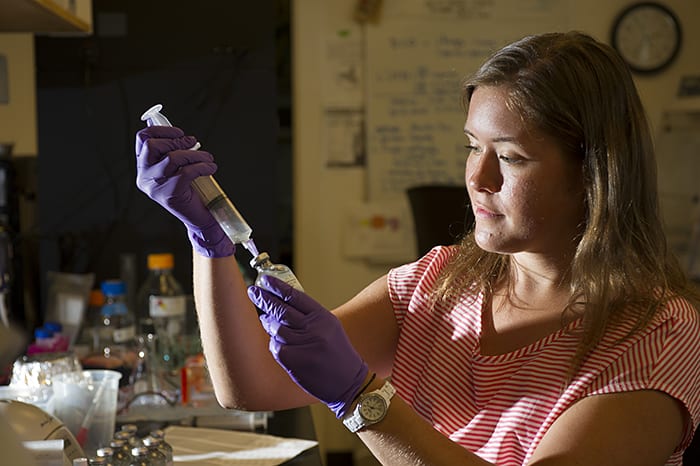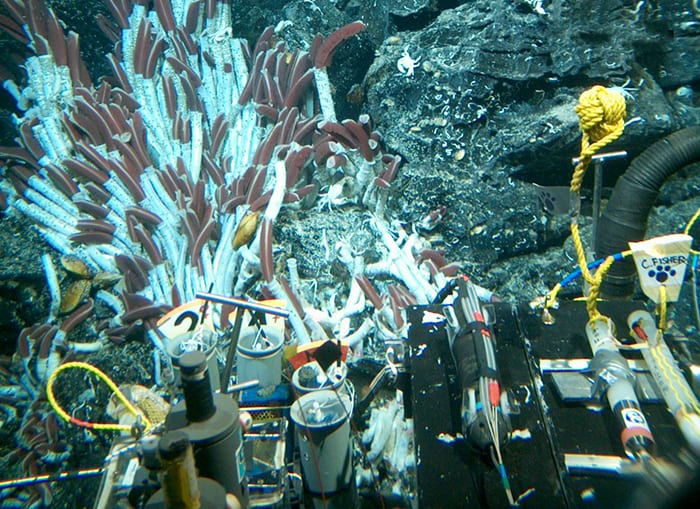Multimedia Items
Outstanding in Her Field
Maggie Capooci from the University of Scranton spent her time as a WHOI Summer Student Fellow evaluating how marsh ecosystems respond to restoration of tidal connectivity. Under-sized culverts beneath roads…
Read MoreOn Top of His Work
WHOI engineer Jared Schwartz installed instruments on a Pioneer Array surface buoy tower prior to the buoy being deployed on the continental shelf and slope south of New England. The…
Read MoreSea Butterflies
These marine snails are called pteropods (from the Greek words meaning “wing foot”) or “sea butterflies” because of their winglike swimming appendages. Masses of pteropods drift with currents in the…
Read MoreSeeing Under Sea Ice
The Nereid Under Ice (NUI) vehicle is launched from the Alfred Wegener Institute’s ice-breaker Polarstern during an expedition in July of 2014. NUI is remotely operated by pilots aboard a surface…
Read MoreMakeshift Lab
During a trip to Dongsha Atoll south of Taiwan in the South China Sea last year, researchers from Anne Cohen’s lab fashioned a floating lab out of wooden planks and…
Read MoreBuoy Overboard
A surface buoy is prepared for deployment from the R/V Knorr. The buoy contains communications equipment and serves as flotation for a Coastal Surface Mooring in the Pioneer Array. The…
Read MoreEarly Alvin
In the summer of 1964 the original DSV Alvin underwent dockside water tests in Woods Hole. Marvin McCamis, one of the original Alvin pilots (second from left) joined the Institution staff…
Read MoreDiving into Her Work
MIT-WHOI Joint Program graduate student Melissa Moulton and colleagues in the PV Lab at WHOI undertook an unprecedented study to learn how, when, and where potentially dangerous rip currents form on…
Read MoreWarm Welcome
Mark Abbott, the tenth President and Director of WHOI, arrived at the Institution for his first official day on Thursday, October 1, to a welcoming committee of his new co-workers…
Read MoreA Storm’s Wrath
In September 1938 ,a hurricane struck New England with little warning, bringing wind gusts to 186 mph. The intense storm killed hundreds and devastated Cape Cod, including Silver Beach in…
Read MoreCopy Cat
Turtles, dolphins, and seals are masters at maneuvering in the water. So it’s no surprise that vehicle deisgners occasionally look to them for inspiration when trying to make new generations…
Read MoreWay-Out Reef
Researchers in WHOI scientist Anne Cohen’s lab are investigating potential impacts on corals from changing ocean conditions, including warmer and more acidic seawater. As part of the work, Hannah Barkley,…
Read MoreCamera Ready
David Owen adjusted an early 70mm deep sea camera in the summer of 1959 aboard the sailing ketch R/V Atlantis, WHOI’s original research vessel built solely for marine science. Owen…
Read MoreSummer Homework
WHOI summer guest students Gabriel Roy Liguori and Fiona Hopewell assisted in a test deployment of a new instrument designed to make measurements of photosynthesis and respiration, the basic currency…
Read MoreOld As Water
MIT-WHOI Joint Program graduate student Adam Sarafian (left) and geologist Horst Marschall test samples of meteorites in the Northeast National Ion Microprobe Facility. Last year, the pair published a paper…
Read MoreZ is for Zebrafish
Zebrafish share almost 70 percent of genes with humans, so they are ideal models to study genetics of human development and disease. In addition, they are easy to maintain and…
Read MoreSeeing Red
Dave Kulis and Liann Correia, research assistants in the lab of biologist Don Anderson, retrieve a CTD—an instrument that measures conductivity, temperature, and depth—from Salt Pond, part of the Cape Cod…
Read MoreLight in the Ocean
A difficult problem in oceanography is how to communicate underwater. Generally, information flows to and from underwater instruments through cables, or as low bandwidth acoustic signals through the water. WHOI…
Read MoreLoading Alamo
Aboard a U.S. Air Force “Hurricane Hunter” airplane at 5,000 feet, WHOI scientist Steve Jayne (right) and Chief Master Sergeant Mike McDonald load an ALAMO (Air-launched Autonomous Micro Observer) profiling…
Read MoreFish-Eye View
A newly-hatched kilifish sits in a glass dish in the laboratory of WHOI biologist Ann Tarrant. These small fish are common in salt marshes and tidal creeks and live in…
Read MoreCasting for Cysts
Alexis Fischer, a PhD candidate in the MIT-WHOI Joint Program, deploys a sediment trap in Salt Pond, a part of the Cape Cod National Seashore’s Nauset Marsh system. She monitors…
Read MoreOf Ocean and People
Stephanie Stefanski, a PhD student in marine resource economics at Duke University, took this stunning photograph of a breaching southern right whale during fieldwork at the Peninsula Valdes World Heritage…
Read MoreNatural Filters
Oysters are filter feeders that dine on free-living algae called phytoplankton by sucking in water over their gills. In the process, they also improve water quality by removing particles that contain…
Read MoreLife in the Shade
This picture of tubeworms was taken in the East Pacific Rise at a depth of 8,200 feet (2,500 meters) from the human occupied vehicle Alvin. Since the discovery of hydrothermal…
Read More
